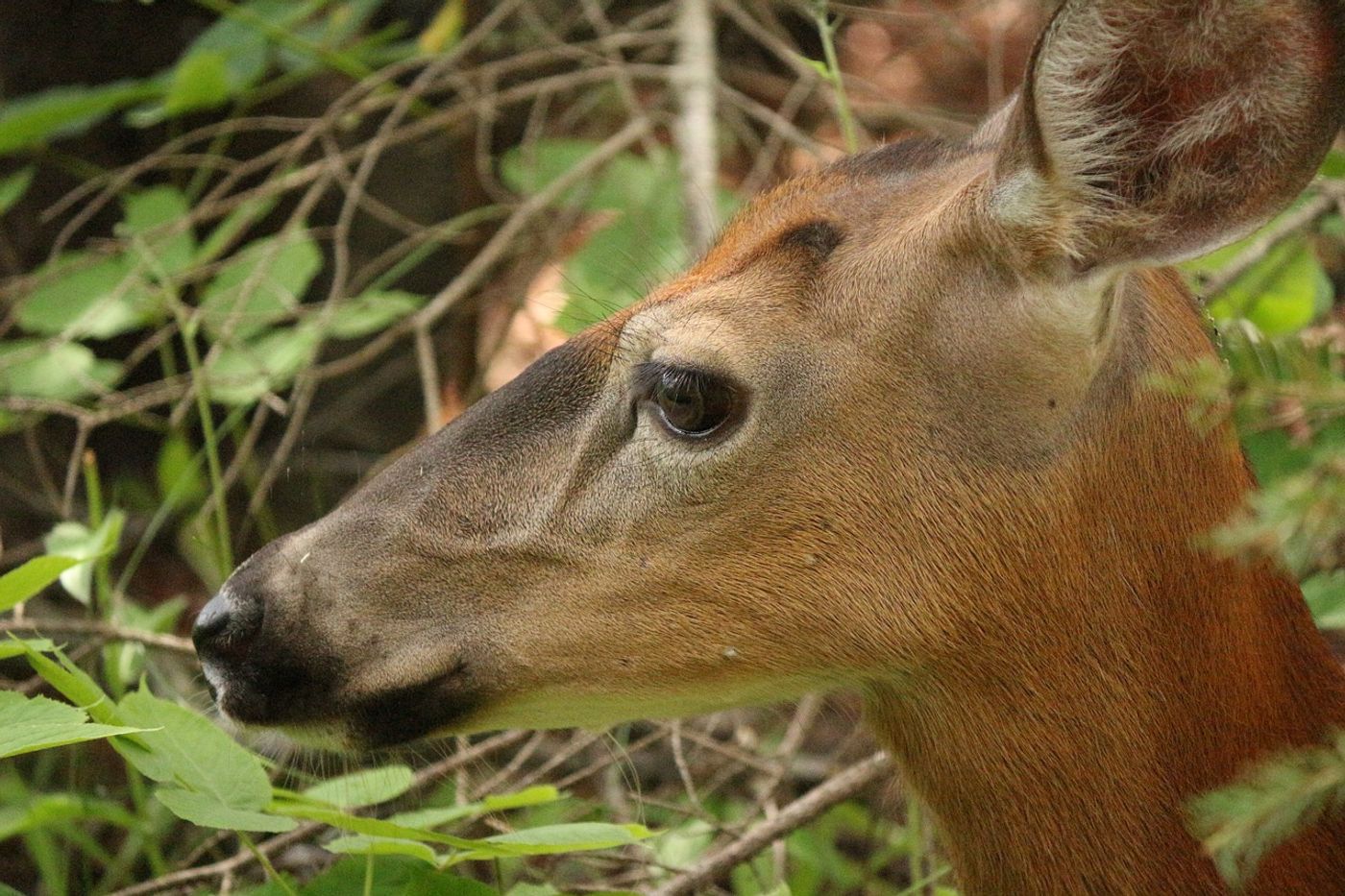Deer and Earthworms: A Forest's Worst Nightmare?
A team of researchers from Case Western Reserve University was conducting a four-year study in some Ohio’s most beautiful forests when they discovered more about an unfortunate truth: a relationship transpiring between the region’s white-tailed deer populations and invasive earthworms just below the surface seems to be doing those forests more harm than good.
Image Credit: Pixabay
Their findings, which have been published just this week in the journal Forest Ecology and Management, describe a particularly tricky situation in which the deer sustain said earthworms, and then those very same earthworms contribute to issues with native growing plants. What this does the environment in the interim is more alarming than meets the eye.
"We're talking about a large ungulate (hoofed mammal) and a small, underground invasive species – how on earth would you ever make that connection?" asked study lead author Colin Cope. "But research has shown the connection, and they both play major roles in harming forest ecosystems. We wanted to find out more about how and which worm species may benefit most (from the presence of white-tailed deer)."
Image Credit: Pixabay
Related: Is chronic wasting disease in deer and elk a threat to humans?
The problem comes down to the forest’s soil, which is littered with layers of dead leaves that have just fallen off the surrounding trees. Earthworms regularly come up from beneath the earth to munch on these decomposing leaves, leaving behind what the researchers describe as a "soil that is more clay-like" and "almost pebbled;" but the underlying problem is yet more ominous.
As it would seem, earthworms (of all sorts) have taken a particular liking to the same regions of Ohio’s forests that the white-tailed deer call home. The deer leave behind droppings and expose the decomposing leaves that had become buried just beneath the soil’s surface; both factors enrich the surrounding land and promote a pro-earthworm environment.
As white-tailed deer populations continue to skyrocket, this allows the invasive earthworm to multiply as well. These little critters, especially the larger nightcrawler varieties, then like to munch on the seeds and seedlings of plants that are native to Ohio’s forests. Unfortunately, this slows the rate at which those native plants can replenish themselves.
Related: White-tailed deer are helping invasive plant species thrive, study finds
With fewer large predators in the wild today, white-tailed deer populations have no trouble sustaining themselves; in fact, their populations have exploded more than 40-fold in the past 40 years. In addition to earthworms gulping down all the seeds and seedlings, the white-tailed deer tend to ingest local native plants that have already grown, and these combined efforts present an opportunity for invasive plant species, like garlic mustard, to fill the forest’s blanks.
"So, would stopping earthworms stop other invasive species? No, we can't say that, but if we can continue to bring deer population down, we now have evidence that it may slow the earthworm invasion, too," concluded Jean Burns, the study’s co-author.
Based on the study’s findings, the only hope for Ohio’s forests might be implementing more intense population control for the white-tailed deer. Doing so would give the state’s native plants a break from being munched on, and possibly curb the earthworm explosion, which would help those native seeds and seedlings sprout.
This is a complicated situation, especially since animal lovers are unlikely to approve of increased deer hunting or mass culls as a solution to the problem. So then, solving this issue necessitates immediate attention, and it should be interesting to see how conservationists will handle it.
Source: Case Western Reserve University, Forest Ecology and Management










